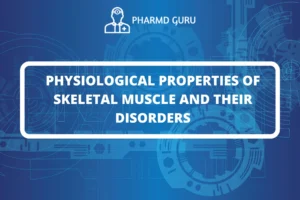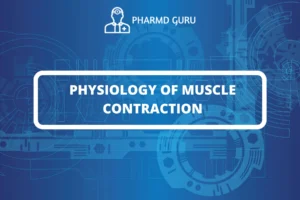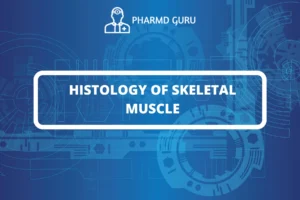Spermatogenesis and oogenesis are the processes of gametogenesis in the male and female reproductive systems, respectively. These processes involve the formation and maturation of gametes (sex cells), which are essential for sexual reproduction and the creation of offspring.
SCROLL DOWN TO THE BOTTOM OF THE PAGE FOR ACTUAL NOTES
Spermatogenesis (Male Gametogenesis):
Spermatogenesis is the process by which male germ cells called spermatogonia undergo multiple divisions and differentiation to produce mature sperm cells. It occurs within the seminiferous tubules of the testes and is regulated by hormonal signals, including follicle-stimulating hormone (FSH) and testosterone.
The process of spermatogenesis can be divided into several stages:
- Spermatogonia: Spermatogenesis begins with spermatogonia, which are diploid (containing a full set of chromosomes) stem cells located in the seminiferous tubules of the testes.
- Mitosis: Spermatogonia undergo mitosis, a type of cell division, to produce two types of cells: Type A and Type B spermatogonia. Type A spermatogonia remain as stem cells to continue the process, while Type B spermatogonia differentiate into primary spermatocytes.
- Meiosis I: Primary spermatocytes undergo the first meiotic division (meiosis I) to produce two secondary spermatocytes, each with half the number of chromosomes.
- Meiosis II: The two secondary spermatocytes then undergo the second meiotic division (meiosis II) to produce four haploid spermatids, each with 23 chromosomes.
- Spermiogenesis: The spermatids undergo a process called spermiogenesis, where they undergo structural changes, including the development of a tail (flagellum), to become mature sperm cells, also known as spermatozoa.
Mature sperm cells are released into the lumen of the seminiferous tubules and then travel through the epididymis, where they undergo further maturation and become capable of motility and fertilization.
Oogenesis (Female Gametogenesis):
Oogenesis is the process by which female germ cells called oogonia undergo multiple divisions and differentiation to produce mature eggs (ova). Oogenesis takes place within the ovaries and is regulated by hormonal signals, including follicle-stimulating hormone (FSH) and estrogen.
The process of oogenesis can be divided into several stages:
- Oogonia: Oogenesis begins with oogonia, which are diploid stem cells present in the ovaries before birth.
- Mitosis and Meiosis I: Oogonia undergo mitosis to produce primary oocytes. During fetal development, primary oocytes begin the first meiotic division (meiosis I) but arrest in prophase I. These primary oocytes remain in this state until puberty.
- Meiosis II: Upon puberty, each menstrual cycle, one primary oocyte is selected to resume meiosis. It completes the first meiotic division to produce a secondary oocyte and a smaller polar body.
- Ovulation: The secondary oocyte is released from the ovary during ovulation. If fertilized by a sperm cell, the secondary oocyte will continue to the second meiotic division (meiosis II) and produce a mature egg (ovum) and another polar body. The mature egg can be fertilized by sperm to initiate pregnancy.
It’s important to note that only one mature egg is produced from each primary oocyte, and the other daughter cells (polar bodies) degenerate. This asymmetric division ensures that the developing egg receives ample cytoplasm and nutrients to support potential embryonic development.
Conclusion:
Spermatogenesis and oogenesis are the processes of gametogenesis in the male and female reproductive systems, respectively. Spermatogenesis produces mature sperm cells from spermatogonia through meiosis and spermiogenesis, while oogenesis produces mature eggs from primary oocytes through meiosis and ovulation. These processes are essential for sexual reproduction and the continuation of the species.
ACTUAL NOTES




